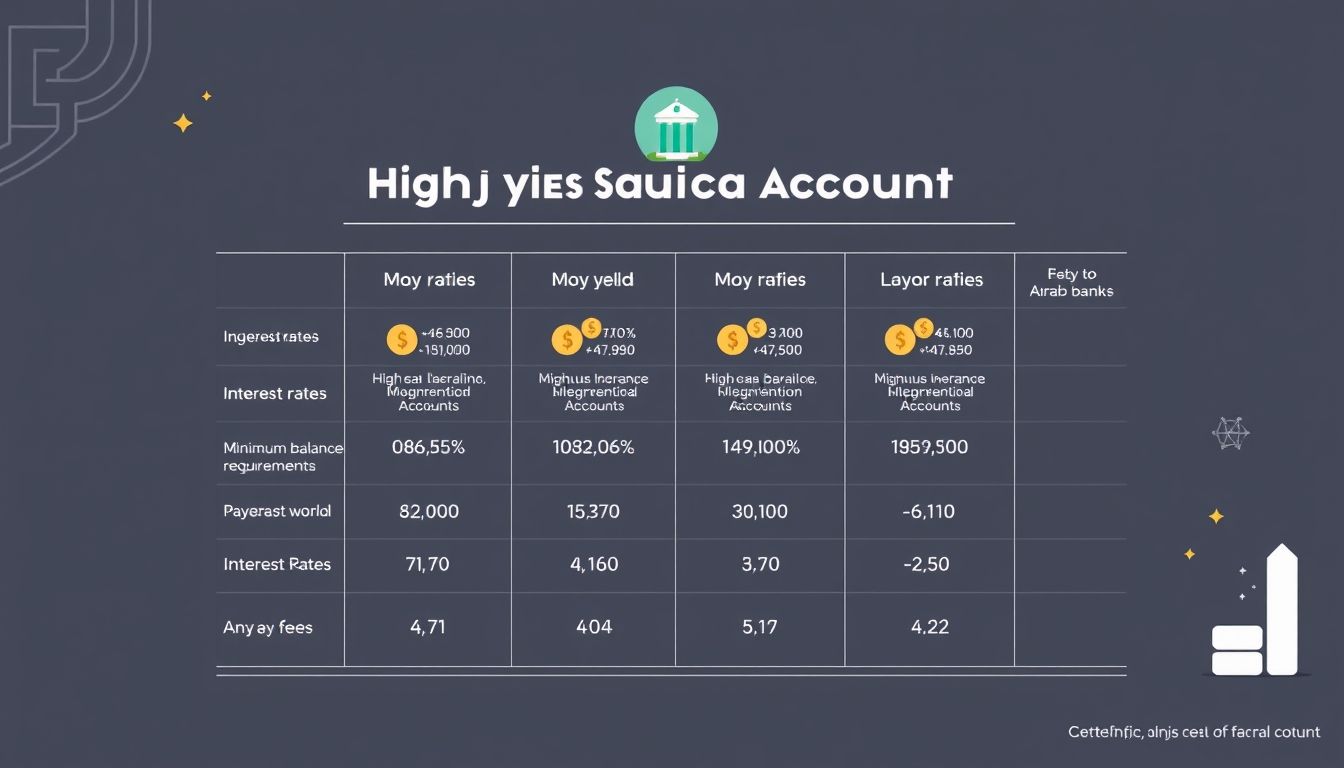كيف تروض تقلبات الدخل: استراتيجيات التوفير الذكي لأصحاب الأعمال الحرة
العيش بدخل غير منتظم، وهو واقع العديد من أصحاب الأعمال الحرة والمستقلين، يمكن أن يكون مرهقًا ماليًا. التحدي ليس فقط كسب المال، بل أيضًا إدارته وتوفيره بفعالية. هذه المقالة تقدم استراتيجيات عملية لمساعدتك على التغلب على هذه التحديات وتحقيق الاستقرار المالي.
الفصل الأول: فهم طبيعة الدخل غير المنتظم
الخطوة الأولى نحو التوفير الناجح هي فهم طبيعة دخلك. قم بتحليل إيراداتك ومصروفاتك على مدار الأشهر الستة إلى الاثني عشر الماضية. حدد الأنماط الموسمية أو الدورات الاقتصادية التي تؤثر على دخلك. هل هناك أشهر تكون فيها الإيرادات أعلى من غيرها؟ هل هناك عوامل خارجية تؤثر على عملك؟
مثال: مصمم جرافيك مستقل قد يجد أن دخله يرتفع خلال مواسم الأعياد بسبب زيادة طلب الشركات على تصميم المواد التسويقية.
الفصل الثاني: بناء ميزانية مرنة
الميزانية التقليدية قد لا تكون فعالة مع الدخل غير المنتظم. بدلاً من ذلك، قم بإنشاء ميزانية مرنة تأخذ في الاعتبار تقلبات الدخل. قسم نفقاتك إلى فئتين: ثابتة ومتغيرة.
- النفقات الثابتة: الإيجار، أقساط القروض، التأمين. هذه النفقات تظل ثابتة بغض النظر عن دخلك.
- النفقات المتغيرة: الطعام، الترفيه، التسوق. هذه النفقات يمكن تعديلها بناءً على دخلك.
عندما يكون دخلك مرتفعًا، خصص جزءًا أكبر من المال للنفقات المتغيرة والادخار. عندما يكون دخلك منخفضًا، قلل من النفقات المتغيرة وركز على تغطية النفقات الثابتة.
الفصل الثالث: إنشاء صندوق للطوارئ
صندوق الطوارئ هو شريان الحياة المالي عندما يكون دخلك منخفضًا. يهدف إلى تغطية نفقات المعيشة الأساسية لمدة ثلاثة إلى ستة أشهر. ابدأ بتحديد المبلغ الذي تحتاجه لتغطية نفقاتك الثابتة والمتغيرة الأساسية لمدة شهر واحد. ثم اضرب هذا المبلغ في ثلاثة أو ستة.
نصيحة: ابدأ صغيرًا وقم بزيادة مبلغ صندوق الطوارئ تدريجيًا. حتى مبلغ صغير يمكن أن يحدث فرقًا كبيرًا في أوقات الأزمات.
الفصل الرابع: تحديد أولويات الديون
إذا كان لديك ديون، فمن الضروري تحديد أولوياتها. ركز على سداد الديون ذات الفائدة الأعلى أولاً، مثل بطاقات الائتمان. هذا سيساعدك على توفير المال على المدى الطويل وتقليل الضغط المالي.
مثال: إذا كان لديك دين على بطاقة ائتمان بفائدة 20% وقرض شخصي بفائدة 10%، فابدأ بسداد دين بطاقة الائتمان.
الفصل الخامس: أتمتة التوفير
الأتمتة هي مفتاح التوفير المنتظم، حتى مع الدخل غير المنتظم. قم بإعداد تحويل تلقائي من حسابك الجاري إلى حساب التوفير الخاص بك في كل مرة تتلقى فيها دفعة. يمكنك أيضًا استخدام تطبيقات التوفير التي تقوم بتقريب مشترياتك وتحويل الفرق إلى حساب التوفير.
مثال: تطبيق يقوم بتقريب مشترياتك إلى أقرب دولار وتحويل الفرق إلى حساب التوفير. إذا اشتريت قهوة بمبلغ 2.50 دولار، فسيتم تقريب المبلغ إلى 3 دولارات وتحويل 0.50 دولار إلى حساب التوفير.
الفصل السادس: الاستثمار بحكمة
بعد بناء صندوق الطوارئ وسداد الديون ذات الأولوية، يمكنك البدء في الاستثمار. استشر مستشارًا ماليًا لتحديد الأصول المناسبة لك بناءً على أهدافك ومستوى تحملك للمخاطر. ضع في اعتبارك تنويع استثماراتك لتقليل المخاطر.
خيارات الاستثمار: الأسهم، السندات، العقارات، صناديق الاستثمار المتداولة (ETFs).
الفصل السابع: تنويع مصادر الدخل
الاعتماد على مصدر واحد للدخل يمكن أن يكون محفوفًا بالمخاطر، خاصة مع الدخل غير المنتظم. ابحث عن طرق لتنويع مصادر دخلك. هذا يمكن أن يشمل تقديم خدمات إضافية، أو بيع منتجات عبر الإنترنت، أو الاستثمار في مشاريع جانبية.
مثال: مصمم جرافيك مستقل يمكنه تقديم خدمات استشارية في مجال العلامات التجارية أو بيع قوالب تصميم عبر الإنترنت.
الفصل الثامن: تتبع النفقات
تتبع نفقاتك بانتظام يساعدك على فهم أين يذهب أموالك وتحديد المجالات التي يمكنك فيها التوفير. استخدم تطبيقات تتبع النفقات أو جداول البيانات لتسجيل جميع نفقاتك.
نصيحة: قم بمراجعة نفقاتك شهريًا لتحديد المجالات التي يمكنك فيها التوفير.
الفصل التاسع: التفاوض على الأسعار
لا تتردد في التفاوض على الأسعار مع الموردين والبائعين. يمكنك غالبًا الحصول على خصومات أو شروط دفع أفضل إذا كنت على استعداد للتفاوض. هذا يمكن أن يوفر لك مبلغًا كبيرًا من المال على المدى الطويل.
مثال: التفاوض على سعر التأمين، أو الاشتراك في خدمات الإنترنت، أو الإيجار.
الفصل العاشر: التخطيط للضرائب
الضرائب يمكن أن تكون عبئًا كبيرًا على أصحاب الأعمال الحرة. خطط للضرائب مقدمًا وخصص جزءًا من دخلك لتغطية الضرائب المستحقة. استشر محاسبًا لضمان الامتثال لجميع القوانين واللوائح الضريبية.
نصيحة: قم بتقدير الضرائب المستحقة وادفعها بانتظام لتجنب الغرامات.
باتباع هذه الاستراتيجيات، يمكنك ترويض تقلبات الدخل وتحقيق الاستقرار المالي، حتى مع الدخل غير المنتظم. تذكر أن التوفير هو رحلة وليست وجهة. كن صبوراً ومثابراً، وستحقق أهدافك المالية في النهاية.




